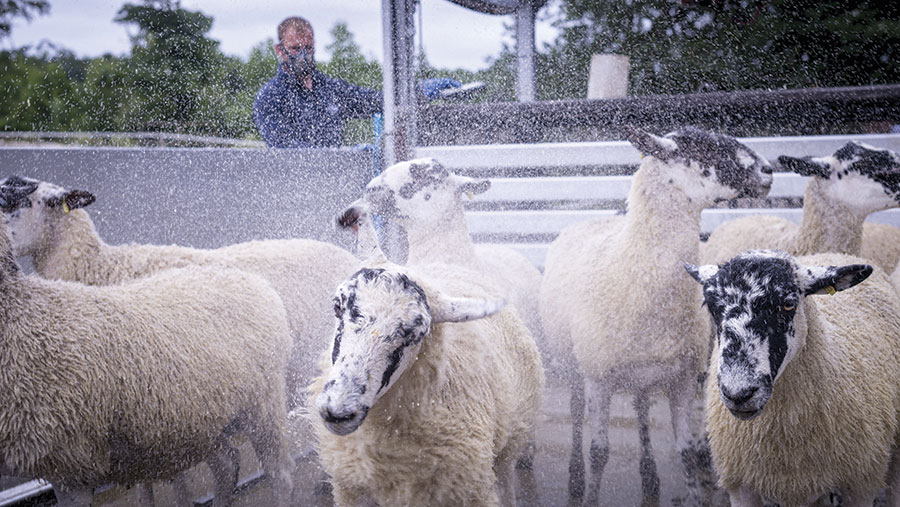Tips for dipping sheep
- AgTag
-
Jan 19
- Share post

Sheep need to be dipped to prevent the spread of lice, scab and other economically important ectoparasites
All sheep on the farm should be dipped. This includes lambs, which can become infested with lice while drying off after birth.
Make sure that the dipping fluid is suited for the intended purpose, such as getting rid of scab, lice or both.
Read the label before mixing the dipping fluid. Do not add anything to the fluid, unless it is recommended on the label.
Make sure that the dipping tank is clean before mixing the fluid.
Strictly follow all instructions for replenishing and storing the dipping fluid.
General advice
To dip your animals safely and effectively, follow these guidelines:
Postpone dipping until after lambing, or dip the sheep before the start of the lambing season.
Lice can survive only on sheep, and contamination by lice can occur only if there is contact between animals.
Submerge each animal in the dipping fluid for at least one minute, and submerge the head at least three times. Make sure that the animal is thoroughly wetted, especially the neck folds and the skin at the back of the neck.
Dip the sheep in one pen together.
Dip horned rams separately.
Dip young and valuable sheep first.
Dip sheep with lumpy wool last. Ensure that animals with matted or lumpy wool have been wetted thoroughly.
Don’t place ewes and lambs in the tank at the same time.
Don’t transport the sheep long distances before and after dipping.
Never dip thirsty sheep.
Don’t dip recently shorn sheep, and allow a period of about 14 days for shearing wounds to heal.
Don’t dip sheep with long wool. If lice infestation is a problem in long-wool sheep, apply other measures until shearing can take place at the normal time.
Start dipping early in the morning and stop before it gets too late in the afternoon. This is to give the sheep time to dry off sufficiently before the evening. Watch the weather and avoid dipping if there is the possibility of rain or cold weather.
Don’t put too many sheep in the drying pen; the sheep will take longer to dry off, and there is the danger that diseases such as lumpy wool can be transmitted.
Don’t keep the sheep in the drying pen for too long, as contamination by faeces can counter the effectiveness of the dipping fluid.
Prevention
Sheep scab and lice are transmitted from infested animals to uninfected animals. Preventive dipping of uninfected animals does not ensure long-lasting protection.
According to the law concerning sheep scab, uninfected sheep of immediate neighbours should be treated.
In the case of lice, immediate neighbours with uninfected sheep should dip their animals or treat these using a registered pour-on remedy.
Currently, no injectable remedy is available against red lice on sheep. Dipping or using a pour-on remedy should eliminate the problem.
All new stock should be regarded as a source of potential contamination and should be treated according to legal guidelines before coming into contact with other sheep on the farm.
Other conditions that can cause problems are more complicated. They include foot rot, coccidiosis, eye sores, pasteurellosis, tetanus, blue udder and trace-element deficiencies. Get your local veterinarian to examine these cases.
Source: ‘Hints for dipping sheep’.





